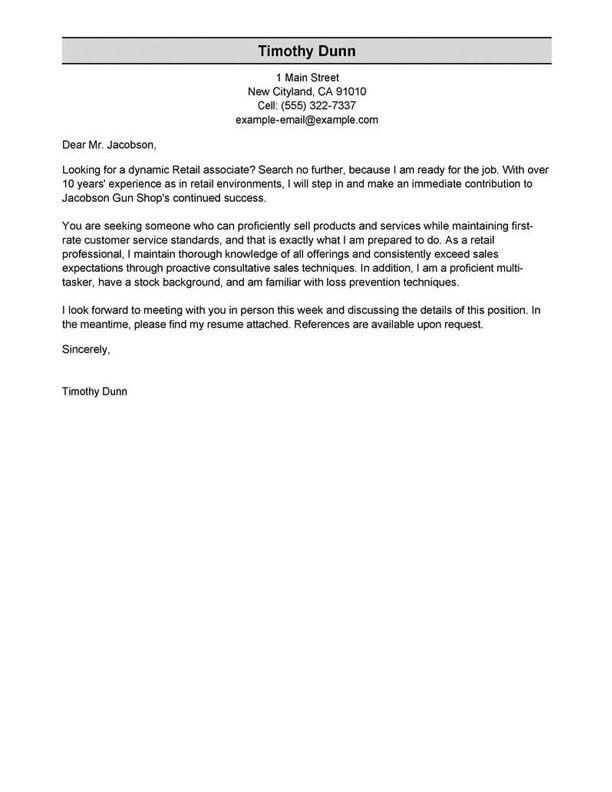TABLE OF CONTENTS
Research Associate resume
summary examples
The resume summary is one of the first sections a recruiter will look at during their initial seven-second scan of your resume.
You want to quickly capture a recruiter’s attention by showcasing your top skills and qualifications in a concise two-to-three-sentence paragraph.
If you’re an experienced job seeker, you should opt for the professional summary, which focuses on how you meet the employer’s requirements.
Candidates with little to no work experience should choose the objective statement, which allows them to share their career goals and the skills that will help achieve them.
Below, we’ll share examples of professional summaries and resume objectives for the Research Associate role so you can better understand them.
Good example:
“ I am a highly motivated Research Associate with 5+ years of experience in the field of water efficiency. I have a proven track record of success in designing and implementing research projects that deliver tangible results. My skills include data analysis, problem solving, and communication, which have enabled me to develop innovative solutions to complex problems.”
Why this example passes:
- Feature candidate’s success statistic to grab attention. Numbers add detail about how big the results you deliver are, e.g., test scores, passing rate and more.
- Shows career length, 11 years.
- Mentions employer-desired skills: student motivation and interactive lessons.
Bad example:
“ I am a motivated individual with a passion for research. I have a strong background in data analysis and communication. I am looking for an opportunity to utilize my skills in a research setting.”
Why this example fails:
- Doesn’t include any numbers that quantify research associate’s performance
- Uses vague descriptions and skills.
- Doesn’t include years of teaching experience.
The fastest way to write your
professional summary
Impress employers by featuring must-have skills for a Research Associate and achievements that make you an irresistible employee. Find the best content suggestions for your professional summary in our Resume Builder that will wow recruiters.
- 1
Enter the details about the job title you held. The builder comes preloaded with auto-suggested phrasing written by resume experts.
- 2
Then, just pick from these suggested phrases that best frame your experience and customize them to your liking!
- 3
All you have to do is choose the summary phrases that best frame your experience. It’s like having a professional do it for you!
You’ll find content written by resume experts in our Resume Builder, but you can also take it above and beyond and employ our professional resume-writing services! Get ready for the job search by taking advantage of the resume-writing tools that are best for you.
The reviews are in!
See what they’re saying about us on Trustpilot.
Research Associate resume work
experience examples
The most crucial part of a Research Associate resume is the work experience section. You’ll need to share a list of your previous roles, unique skills and the specific tasks you accomplished in each one if you want to write a good resume. The following examples will show you what to do and what to avoid when writing your resume’s work experience.
Good example:
Rolling Meadows Middle School I Rolling Meadows, IL I 8/2018-current
- Conducted comprehensive research and analysis to identify key trends and insights for clients
- Collaborated with stakeholders to develop research strategies and protocols to meet project goals
- Presented findings to senior management and recommended changes to existing processes
- Managed research databases and provided technical support to ensure data accuracy and integrity.
Why this example passes:
- Numbers and statistics add detail and quantify the results this research associate delivers: 4% improvement and a class size of 20-25.
- Good use of strong words and active language.
- References specialized value cahier provides with “individualized lesson plans.”
Bad example:
Emily Dickinson Elementary I Redmond, WA I 4/2022-present
- Conducted research on a variety of topics
- Developed and implemented new strategies
- Assisted with the organization of data
- Helped with the preparation of reports.
Why this example fails:
- Lacks numbers or statistics.
- Describes general tasks, not teaching achievements or career highlights.
- Uses active verbs, but doesn’t focus on results.
Research Associate resume skills examples
Here are 18 sample skills for research associate:
- Grant Writing
- Project Management
- Technical Writing
- Schedule Coordination
- Search Engine Optimization
- Specimen Processing
- Progress Reporting
- Reporting Requirements
- Lab Safety
- Clinical Research
- CRM Tracking
- Research Planning
- Inventory Assessments
- Reporting Standards
- Phlebotomy
- Experimental design
- Research and analysis
- Literature reviews
You should sprinkle skills and abilities throughout your resume. Include them in your professional summary, work experience blurbs and a dedicated skills section.
Examples of additional resume sections
Every Research Associate resume should have at least five sections: contact information, professional summary, work experience, skills and education. It can also be helpful to add extra sections if they show you’re a fit for the job.
Here are some examples of optional research associate resume sections that you could add to provide greater detail:
- Languages
- Accomplishments
- Certifications
- References
- Additional skills
- Additional information
- Software
- Core qualifications
Extra sections help you accurately showcase all the qualifications that make you an excellent Research Associate. Nevertheless, stuffing your resume with irrelevant details will diminish the impact of your relevant experiences.
How to choose a resume format
0-3
Years of experience
Functional formats
- Focus on skills.
- Best for first-time research associate who lack work experience.
- Good for people re-entering workforce.
- May omit dates in the work history section.
Organization:
- Skills listed above work experience.
3-10
Years of experience
Combination formats
- Balance skills and work history.
- Ideal for mid-career research associate.
- Suitable for career changers and people seeking promotion.
Organization:
- Skills next to or above work experience.
10+
Years of experience
Chronological formats
- Put the most focus on work history.
- Best for research associate with a long, steady career.
- Most popular format.
- Preferred by recruiters.
Organization:
- Work experience listed above skills.
More Research Associate resume examples
Featured in:*

*The names and logos of the companies referred to in this page are all trademarks of their respective holders. Unless specifically stated otherwise, such references are not intended to imply any affiliation or association with LiveCareer.





